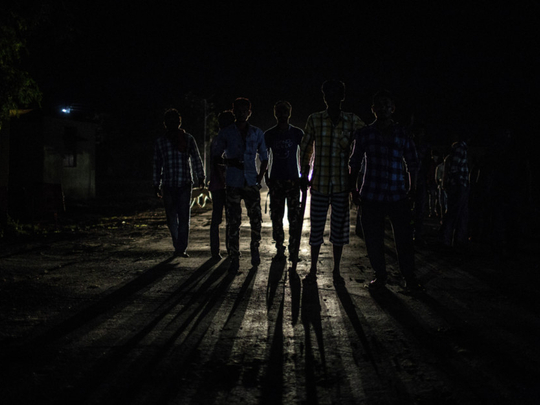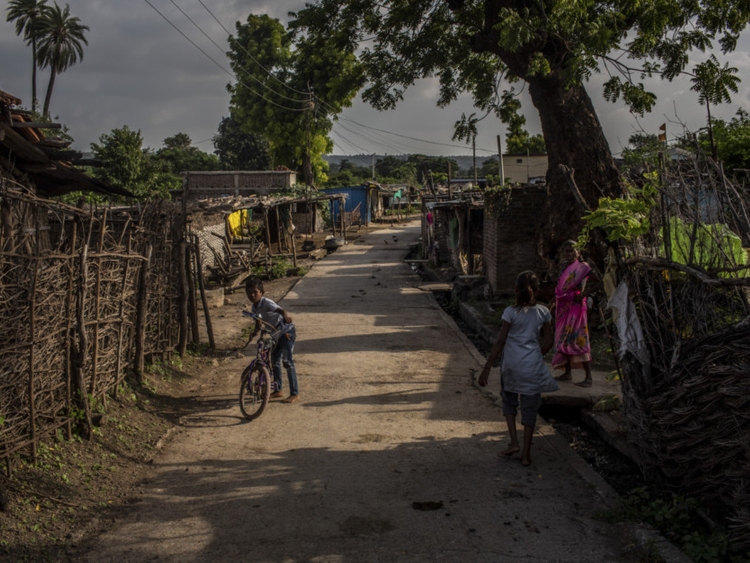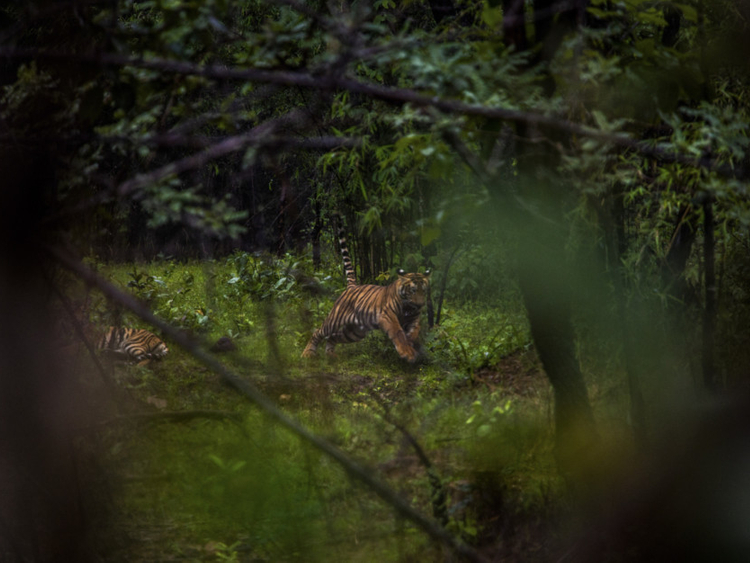
PANDHARKAWADA: The first victim was an older woman, discovered face down in a cotton field with huge claw marks dug into her back. The next was an older male farmer, his left leg torn off.
The killings have gone on for more than two years, sowing panic in the hills around Pandharkawada, a town in central India. In mid-August, the mauled body of Vaghuji Kanadhari Raut, a threadbare cattle herder, was found near a rural highway. He was victim No. 12.
DNA tests, camera traps, numerous spottings and pugmarks - tiger footprints - have pinned at least 13 human killings on a single, 5-year-old female tiger that seems to have developed a taste for human flesh and has evaded capture several times.
At night, young men in the nearby villages carry torches and bamboo sticks and go on patrol. They have roughed up forest guards, furious that authorities can’t stop the killings.
Experts say it’s extremely unusual for a single tiger to have attacked this many people. India’s critically endangered tiger population is soaring, a success for conservation policies, but the animals are being crowded out in a competition with humans for territory.
Forest rangers are now gearing up for a complex military-style operation to deploy sharpshooters with tranquiliser guns on the backs of half a dozen elephants to surround the tiger, capture her and send her to a zoo.
But the elephants have yet to arrive, held up by intense bureaucratic infighting among India’s myriad overlapping government agencies that cover wildlife but, between all of them, still don’t seem to have enough resources.
As the death count rises - three villagers were killed in August - several politicians are demanding that the rangers simply shoot the tiger. But that might not be legal. A wildlife activist seeking to block any such order has taken the matter all the way to India’s Supreme Court.
“I don’t want to kill this beautiful animal,” said K.M. Abharna, a top forestry official in the Pandharkawada area, which lies near the borders of Maharashtra and Andhra Pradesh states. “But there’s a lot of political pressure and a lot of public pressure.”
“Our tiger situation is not a success story, it’s a mess,” said Valmik Thapar, one of India’s most renowned tiger experts. “We have a whole bunch of islands, and the corridors in between are wiped out or degraded. Many tiger reserves are nonstarters, with less than five tigers or none at all. And we’re too arrogant to learn from anywhere else.”
The restrictions on the beef industry in many parts of India could be making the situation even more dangerous.
In several tiger areas, more prey now lives outside the dedicated tiger reserve than inside. That may be luring tigers out.
“As soon as the tiger comes out, he sees a lot of cattle,” explained Bilal Habib, an ecology professor and tiger researcher. So the tiger decides to stick around, Bilal said, catalysing a whole cycle of conflict and death.
In the case of the man-eating tiger, researchers are at a loss to explain why she started attacking humans. She has also killed some cows and horses.
The rangers call her T-1. They have been keeping track of her since she was a cub; when she was young, they say, her mother was electrocuted. This is another growing problem, as farmers all over India string up crude electric fences to keep wild pigs out of their crops.
T-1 never lived in a dedicated tiger reserve; 30 percent of India’s tigers don’t. Instead, they inhabit forested areas that are somewhat protected (for example, people are not supposed to build villages inside them).
The villagers who live in T-1’s area, which covers about 60 square miles, haven’t been especially helpful. Furious that the rangers won’t simply shoot the tiger, they have blocked access to the jungle. Others devised disturbing plans of their own.
Every time a tiger kills someone, authorities pay compensation to the victim’s family, sometimes as much as $14,000. It’s part of a government program to assuage grieving relatives so they don’t try to take revenge against endangered tigers.
During a capture operation, an older man who could barely walk positioned himself right next to a cage that the rangers had baited with fresh buffalo meat.
“When we asked him what in the world he was doing,” said Abharna, he replied: “If I die, will you give my family the money?”
“When I was a kid, we used to walk around the jungle at night, no problem,” said C.S. Meshram, a village elder. “I don’t know where these tigers are coming from. But they keep coming.”
BOX
The country’s effort to protect tigers, in a way, is a victim of its own success. Closer monitoring, new technology and stricter wildlife policies have led to a sharp increase in the tiger count, from 1,411 in 2006 to an estimated 2,500 today - more than half of the world’s approximately 4,000 tigers. This growth is causing increased conflict.
India’s human population and its economy have been rapidly growing as well, steadily filling in rural areas with farms, roads and mushrooming towns like Pandharkawada. Many tigers are now running out of space.
Tigers are intensely territorial: A male tiger, once it gets big enough, might kill its own mother over turf.
Each tiger needs miles of thick forest; the size of its territory depends on the availability of prey. In the past decade, India has created nearly two dozen more tiger reserves, bringing the total to 50. But many of them are surrounded by human development on all sides.
The New York Times














